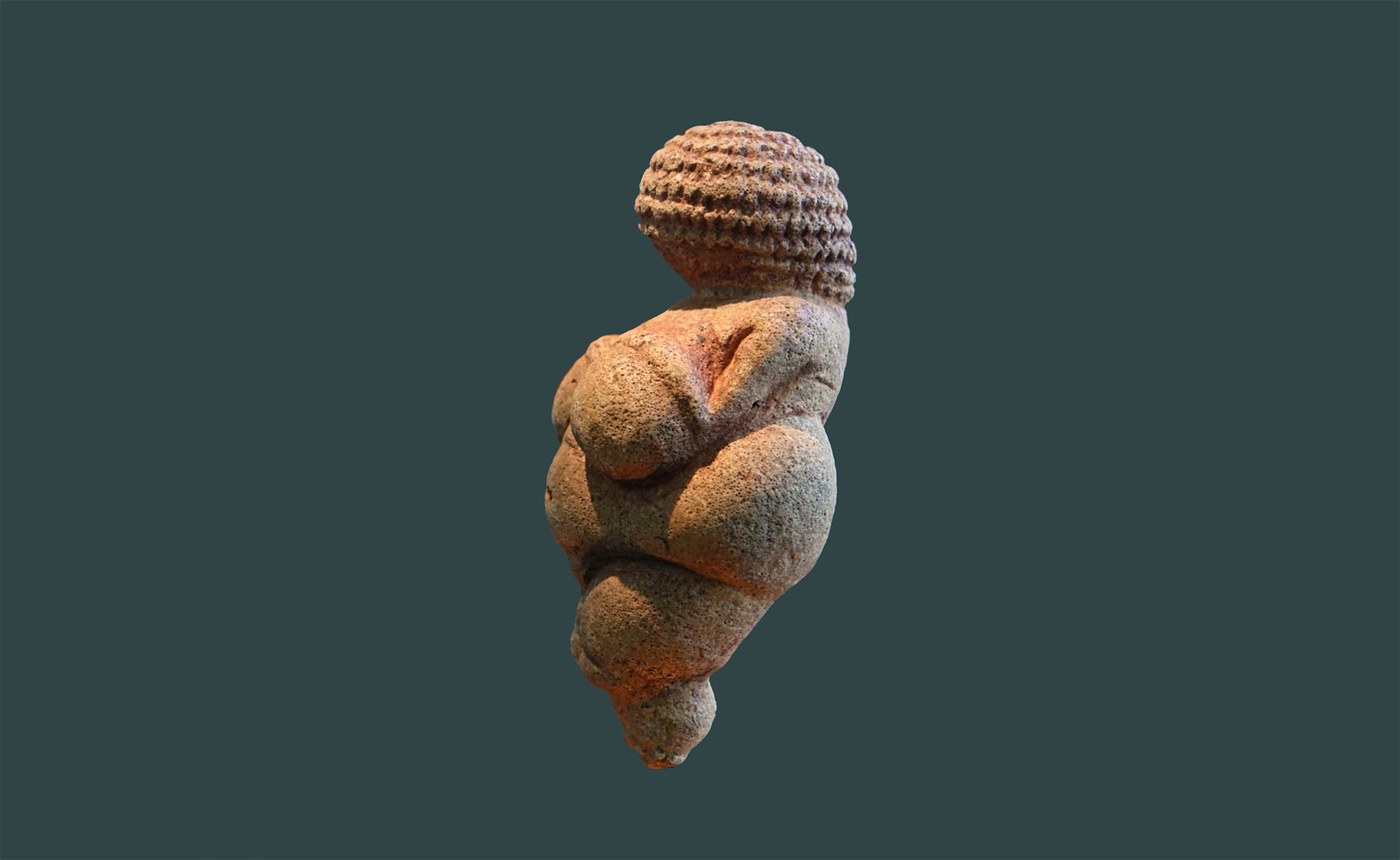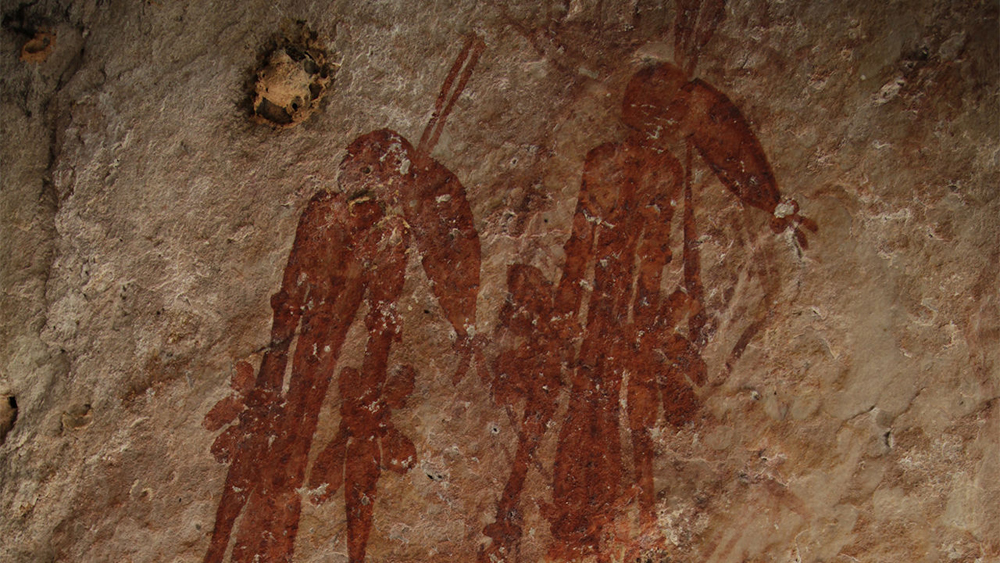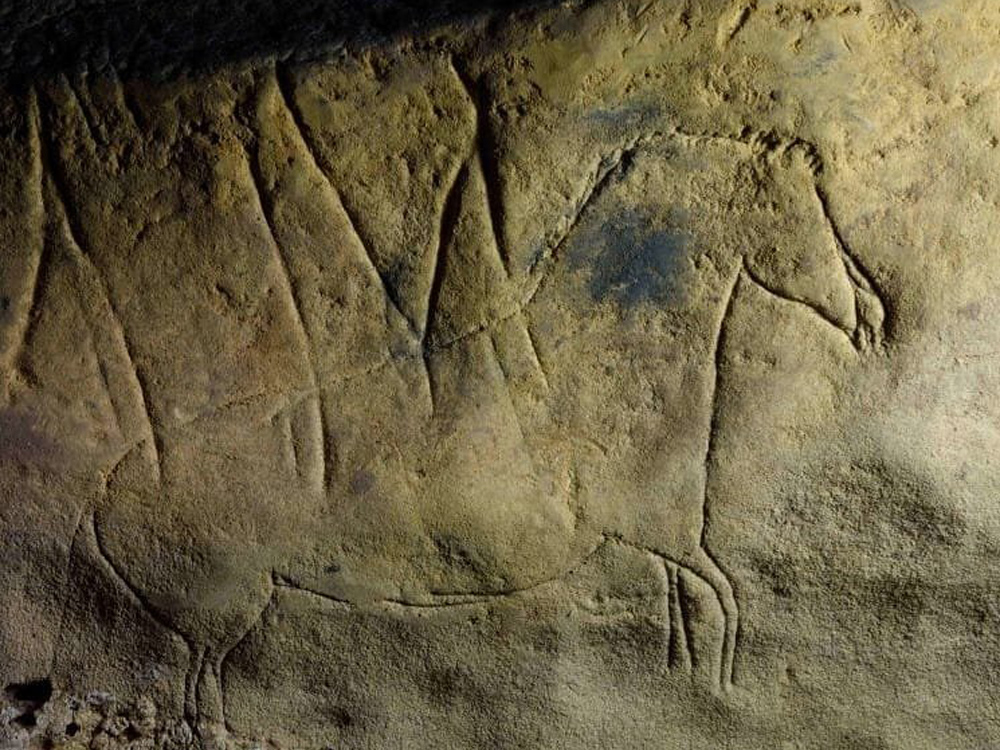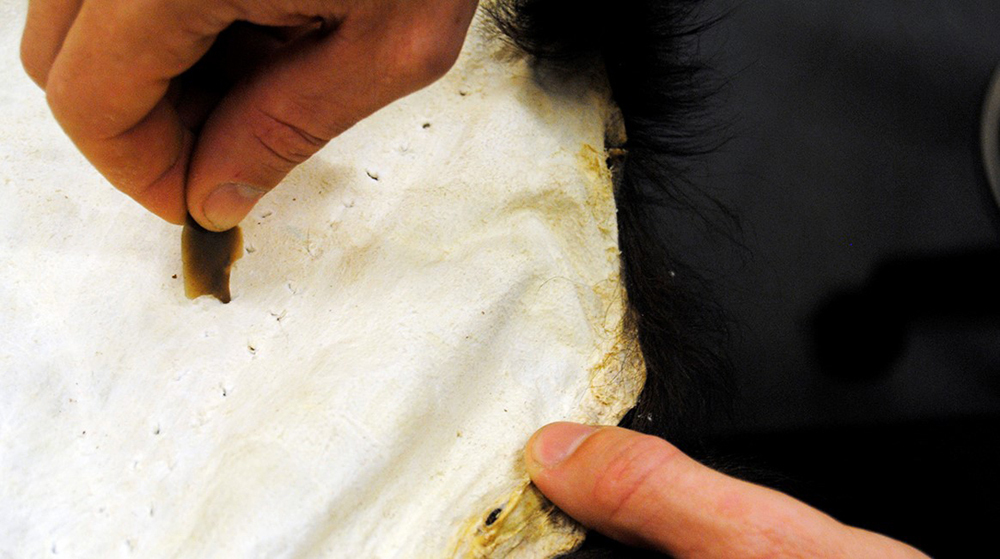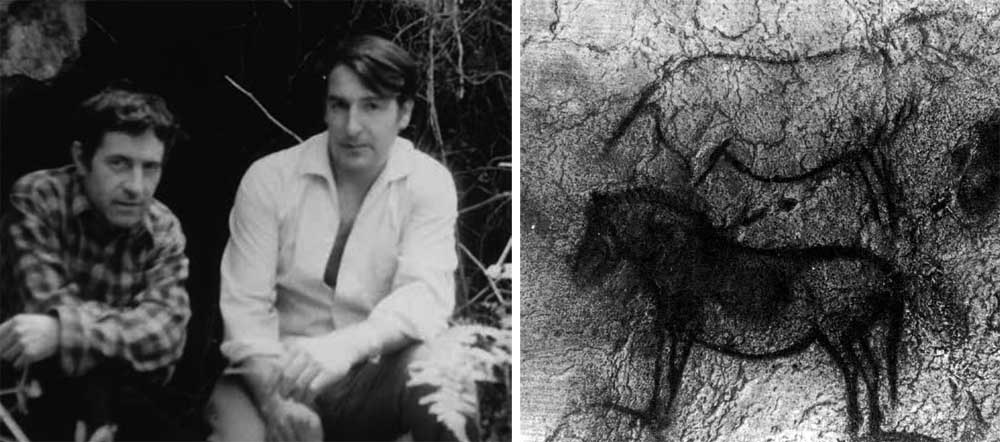The prehistoric engravings of the caves of Urdazubi are in danger because of the works of a quarry
- The heritage protection platform SOS Alkerdiko, Urdazubi, has revealed what is happening in the protected caves of the area of Berroberria, Alkerdiko and Zelaieta. In this area is the only known location of the Paleolithic rock art of Navarre to date. There is a quarry above them; in violation of various legal procedures, which was extended by the Government of Navarre in 2013 for a period of 30 years.

SOS Alkedi recalls that in early June this year the Department of Culture reported that as a result of the research commissioned from the Aranzadi association, its caves form a single unit, they have been able to map galleries 1.5 kilometers long and, among other clues, they have discovered new engraved cliffs and paintings from the paleolithic period. All this is underneath the entrance to the cave of Zelaieta II, eliminated by the quarry and in the area of Zelaieta III affected by the explosions of 2014.
From the very moment of discovery, this site is, by law, a Cultural Interest Asset. This is a protected area. And standing up to all the laws, that’s where the quarry works, putting the legacy in grave danger, without anyone taking steps to prevent that catastrophe.
On August 25, just a few meters from the entrance to Zelaieta III, a high-power tractor, another back-drilling machine and compressor were in operation. In addition, in the esplanade of the disappeared Zelaieta II, the stone crushing plant continues and the large “dumper” truck was parked.
According to SOS Alkedi in the note, the Urdazubians are distressed, unable to comprehend the paralysis and irresponsibility of the institutions. For this reason, SOS has addressed the Departments of Culture, Industry and Environment of the Regional Government, as well as the City Council of Urdazubi, requesting, in the area of their respective competences, the immediate arrest of the quarry.
Along the same lines, the platform has extended a five-point petition to all the groups of the Parliament of Navarre, the President of the Parliament and the President of Navarre. In order to show the society, and especially the Urdazubians, the discoveries made, to protect the environment and stop the quarry once and for all, to continue the investigations and to properly restore this protected area that has been damaged by the mining activity, without prejudice to the legal commitments of the Entrepresa that has been exploited in this process.
This news has been published by Erran.eus and we have brought it to LUZ thanks to the license CC-by-sa.
Willendorf (Austria), 1908. At a site in the Wachau Valley, archaeologist Josef Szombathy found a small anthropomorphic statue of a woman about 11 cm, carved in stone and dyed with red ochre.
Since then, it is the best-known venusi of the Paleolithic and has been analyzed from... [+]
1891n nekazari batek Gwion estiloko hainbat labar pintura aurkitu zituen Kimberlyn (Australia).
Font Major kobazuloa (Tarragona, Katalunia) 1853an aurkitu zuten eta urte asko dira bertan arkeologoak lanean ari direla.
Asteartean aurkeztu zuen Bizkaiko Aldundiak paleolitiko 70 pintura eta grabaturen aurkikuntza. Berriatuako Udalak ez du inolako informazio edo berririk izan orain arte.
1992an Shiyan Beicun herritik hurbil, Txinako Zheijang probintzian, herritar batek Longyouko haitzuloak aurkitu zituen. Urez beterik zeuden eta horregatik naturak sorturiko leize nahiz haitzuloak zirela uste izan zen hasieran, baina urez hustu ondoren gizakiak eraikitakoak... [+]
Zergatik arkeologoak orain arte ez dira ohartu bi bisonte erraldoi begira zituztela? Lekeitioko kobazuloaren hormetan aurkituko margolanen xehetasun eta irudi gehiago dakarzkigu hona.









